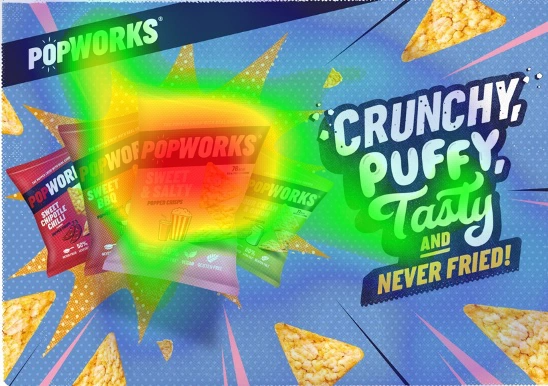The Last Bite of the Cookie Will Encourage Innovation in Finding Target Audiences
This article first appeared in More About Advertising.
January 2021 marked a year since Google announced that, due to privacy concerns, they would be blocking the use of Third-Party Cookies (3PC) on their search engine Chrome. Since this announcement, it was motioned that all search browsers would block Third-Party cookies in a two-year phasing out period. During which we have already seen the likes of Firefox and Safari take action.
Since this announcement digital-first businesses have, and continue to, actively explore the role the 3PC plays within their own ecosystems, how to live without them and consequently creating new ways they can target prospective audiences.
The 3PC has been a staple in the digital advertising industry for the past 15 years, meaning that this “rethink” will require a considerable amount of time and testing. The current application of this data collection method allows advertisers and agencies alike to “build an in-depth understanding of consumers and to target them better with advertising”.
Cookies allow for advertisers to better understand consumers’ behavioural patterns by recognising what stage of the purchase funnel they sit within, providing knowledge of whether a potential customer is in the consideration, intent, or action phase. This means creating better ad targeting which in turn drives measurable performance metrics.
Measurement is a key factor here. Deloitte states that the use of 3PC also offers the ability to “understand the performance of advertising activities.” Enabling cross-platform tracking, 3PCs have been used to ‘create a holistic view of what goes into a conversion.’This method of campaign attribution allows advertisers to optimise their campaign strategies to achieve their end goal.
So, what does the end of the 3PC mean?
Advertisers will see a decrease in audience availability sourced from 3PCs, creating a reduction in scalable audience sizes for digital media buys.
The ban will also affect DSP’s and Adtech platforms who have historically relied on this data to activate campaigns. All of which will require a review of digital marketing strategies to maintain a targeted approach.
Many have mulled over what will replace the cookie as we move closer to its extinction, none more so than Google. Eight months after the announcement of the discontinuation of the 3PC, Google revealed plans for their Privacy Sandbox. This approach, in theory, would allow for ads to remain relevant for the consumers they reach but with minimalised user data being shared.
Other areas being considered include a higher reliance on contextual advertising and a more thorough understanding of first-party, privacy-first, data. (ref) The first of which has already led towards a re-emergence and a sense of renewed importance in using consumer interests, location, and other factors (like search terms) to reach the “right” audience.
As an industry, we must understand and act on the principle that the protection of consumers comes first and the termination of the 3PC is a step in the right direction towards taking consumer privacy seriously. Consumers are becoming more in tune to what data they have and who they want to share it with. Advertisers will now need to be more astute, innovative, and less intrusive about how they reach their consumers, whether that is better activating their 1st party data or simply being more creative in where their ads are shown.
The end of the cookie gives advertisers and agencies a chance to look outside of the ‘sandbox’ to find new ways of understanding audiences, activating against them, and of course measuring campaign results. It will also drive much-needed innovation around how to derive meaningful insights without compromising privacy.
In an upcoming piece, we will be discussing how mobile location data and its application in OOH can help to fill the void left by the 3rd party cookie.
Georgie Rumble, Product Strategy Director




